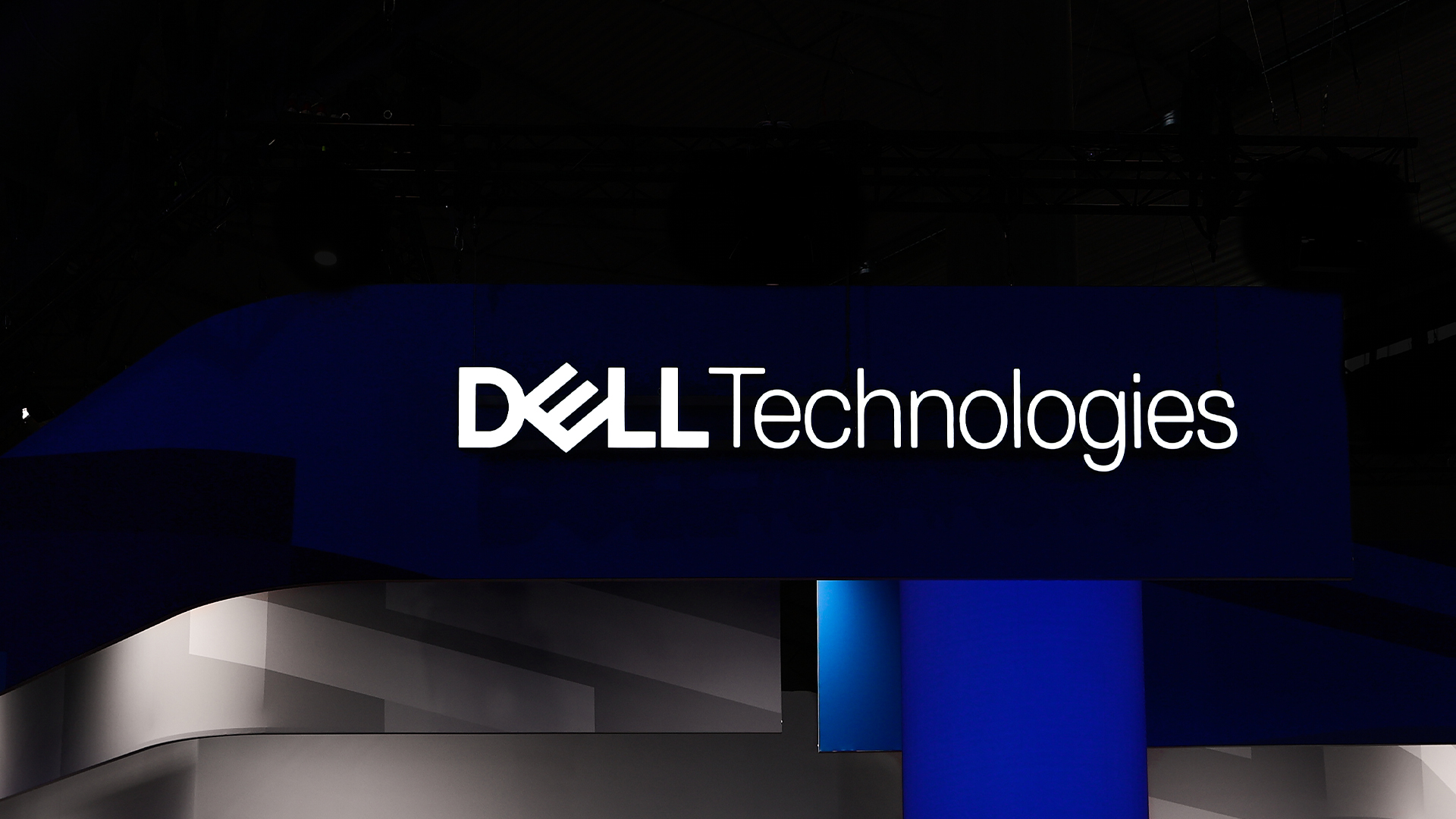A CIO's guide to using the SPOT framework for people-first transformation
Focusing on safety, people, operations, and technology has real-world benefits


CIOs are often tasked with navigating the complexities of IT growth while ensuring operational improvements and scalability. From advancing traditional IT infrastructure to implementing transformative tools like AI agents, scaling IT is essential for achieving long-term success in today's dynamic landscape.
However, successful IT scaling is not just about technology. It is fundamentally a people-first challenge. This is where the SPOT framework comes in. As a CIO, I developed the SPOT framework as a comprehensive approach to scaling IT operations that emphasizes safety, people, operations, and technology.
At its core, it always focuses on people first. This strategy empowers CIOs and IT leaders to foster organizational growth, innovation, and efficiency by incorporating the SPOT framework, businesses can:
- Ensure robust security and governance (Safety)
- Empower teams and build a transformation-ready culture (People)
- Streamline workflows and align them with strategic goals (Operations)
- Deploy scalable and innovative technology solutions (Technology)
Let's examine how the SPOT framework can help your organization achieve sustainable IT success.
The SPOT framework: A personal perspective
Having spent decades in IT leadership, I have realized that scaling IT is not linear. It is a balancing act. The SPOT framework resonates deeply with me because it captures what is needed for sustainable growth. Let me share my take on each SPOT element and its importance through a real-life example.
Safety: The overarching umbrella of transformation
In one significant IT scaling project, I was CIO for a small retail store that embarked on a digital transformation journey using the SPOT framework. Safety was the foundational element. The company implemented a comprehensive cybersecurity plan, which included multi-factor authentication (MFA) for all internal systems and encryption for customer transaction data. They mitigated the risk of phishing and compliance breaches by conducting organization-wide cybersecurity training. These measures protected sensitive data and instilled confidence in employees and customers, creating a secure environment to support scaling efforts.
Get the ITPro daily newsletter
Sign up today and you will receive a free copy of our Future Focus 2025 report - the leading guidance on AI, cybersecurity and other IT challenges as per 700+ senior executives
People: The core of transformation
Once safety was addressed, the focus shifted to the people. The organization recognized that upskilling and transparency were key to scaling successfully, so trained its managers and frontline employees to use a new, cloud-based system that allowed real-time purchasing and inventory tracking. Open forums addressed concerns about automation and job roles, fostering trust and collaboration. This people-first approach ensured that the workforce was prepared and motivated to adapt to the new systems.
Operations: The processes driving efficiency
With a secure and prepared team, the organization moved to streamline operations. The new system enabled centralized inventory management, reducing stockouts by providing real-time updates across all locations. Automated reporting tools were integrated to give managers insights into sales trends, enabling data-driven restocking and marketing decisions. These improvements significantly enhanced operational efficiency, aligning workflows with strategic business goals.
Technology: The enabler of transformation
Finally, the retail chain leveraged technology to enable scalability and innovation. A cloud-based platform was deployed to support rapid growth. AI-powered recommendation engines enhanced the online shopping experience. Internet of Things (IoT) sensors were piloted in physical locations to track foot traffic, providing valuable data for optimizing location layouts and product placements. By thoughtfully integrating these technologies, the organization achieved a seamless blend of innovation and practicality.
By embracing SPOT, the chain expanded to three stores in two years, increased customer trust, and boosted in-store and online sales while maintaining employee satisfaction. This cohesive application of the SPOT framework allowed the organization to scale effectively. Within one year, the company expanded its footprint by 30%, increased customer trust, and improved onsite and online sales while maintaining high employee satisfaction. This example demonstrates how SPOT creates a structured yet adaptable path for IT-driven growth.
Embracing SPOT
Scaling IT requires more than technical know-how. It demands a people-first philosophy. As CIOs, we must prioritize collaboration, agility, and continuous learning. The SPOT framework provides a roadmap for navigating these challenges, helping us build trust, drive innovation, and achieve sustainable growth.
RELATED WHITEPAPER
By embracing the principles of Safety, People, Operations, and Technology, we can create a future where IT supports organizational goals and inspires confidence and creativity. Let us make IT scaling a catalyst for meaningful change.
Keywords like "scaling IT with SPOT" and "IT-driven transformation" reflect the growing need for structured strategies. Whether you are a CIO at a global enterprise or an IT leader at an SMB, the SPOT framework provides the clarity needed to achieve operational excellence and future-ready technology adoption.

Dr. John Honchell is Future B2B's IT Industry Analyst. With almost three decades of experience as an IT leader with the roles of CIO and Global Lead, John has a passion for AI, Cyber Security, DevOps, Cloud, IT infrastructure, IT Innovation, and IT Automation.
-
 Microsoft just hit a major milestone in its ‘zero waste’ strategy
Microsoft just hit a major milestone in its ‘zero waste’ strategyNews Microsoft says it's outstripping its zero waste targets, recording a 90.9% reuse and recycling rate for servers and components in 2024.
By Emma Woollacott
-
 Dell names Lisa Ergun as new Client Solutions Group channel lead for the UK
Dell names Lisa Ergun as new Client Solutions Group channel lead for the UKNews Dell Technologies has announced the appointment of Lisa Ergun as its new Client Solutions Group (CSG) channel lead for the UK.
By Daniel Todd
